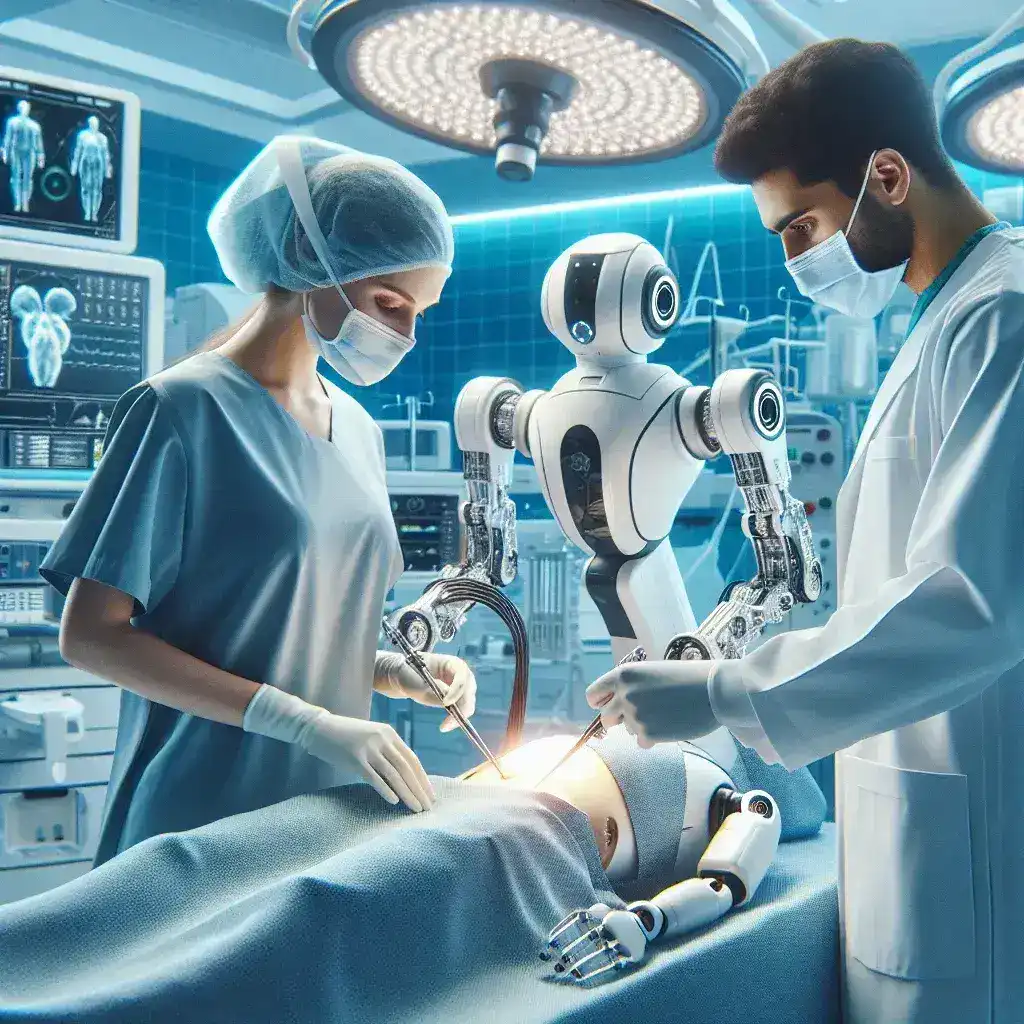Introduction to Medical Robotics
The field of medical robotics is undergoing a transformative phase, bringing about significant advancements that promise to revolutionize healthcare. From precision surgeries to patient care, medical robots are paving the way for a future where medical interventions are faster, safer, and more efficient. In this article, we will explore the latest breakthroughs in medical robotics, their real-world applications, and how they are shaping the future of healthcare.
Pioneering Technologies in Medical Robotics
1. Robotic Surgery
One of the most well-known applications of medical robotics is in the field of robotic surgery. The da Vinci Surgical System is a prime example, enabling surgeons to perform minimally invasive surgeries with unparalleled precision. This system uses a combination of robotic arms, 3D imaging, and a surgeon’s console, allowing for complex procedures through small incisions.
2. Rehabilitation Robots
Rehabilitation robots, such as the Lokomat, are designed to assist patients in recovering mobility and strength after injuries or surgeries. These robots provide tailored physical therapy that adjusts to the patient’s needs, improving the efficacy of rehabilitation programs.
3. Diagnostic Robots
Diagnostic robots are helping healthcare providers diagnose conditions with accuracy and speed. For instance, endoscopic robots are used for internal examinations, offering high-resolution images and precise navigation, which enhances diagnostic accuracy and patient outcomes.
Real-World Applications and Benefits
1. Improved Surgical Outcomes
Medical robots have shown to improve surgical outcomes significantly. The precision and control offered by robotic systems reduce the risk of complications, minimize blood loss, and shorten recovery times, leading to better overall patient outcomes.
2. Enhanced Rehabilitation Techniques
Rehabilitation robots provide consistent and personalized therapy, ensuring that patients receive the optimal level of care required for their recovery. The use of such robots has been associated with faster and more effective rehabilitation, particularly in stroke and spinal cord injury patients.
3. Faster and Accurate Diagnostics
With diagnostic robots offering high levels of precision, healthcare providers can diagnose conditions more quickly and accurately. This leads to more timely treatments and better management of diseases, significantly benefiting patient care.
Challenges and Future Prospects
1. High Costs
Despite the numerous benefits, the high cost of medical robotic systems remains a significant barrier. The initial investment and maintenance costs can be prohibitive for smaller healthcare facilities, limiting the widespread adoption of these technologies.
2. Need for Specialized Training
The operation of medical robots requires specialized training for healthcare providers. Ensuring that medical personnel are adequately trained to utilize these advanced systems is crucial for maximizing their potential benefits.
3. Future Prospects
The future of medical robotics holds immense potential. Ongoing research and development are focused on creating more affordable and accessible robotic systems. Innovations such as AI integration and machine learning are expected to further enhance the capabilities of medical robots, making them an integral part of healthcare.
Conclusion
The breakthroughs in medical robotics are paving the way for a new era in healthcare. With advancements in robotic surgery, rehabilitation, and diagnostics, medical robots are set to transform patient care by providing more precise, efficient, and effective treatments. As technology continues to evolve, the possibilities for medical robotics are limitless, promising a future where healthcare is significantly improved for patients worldwide.

